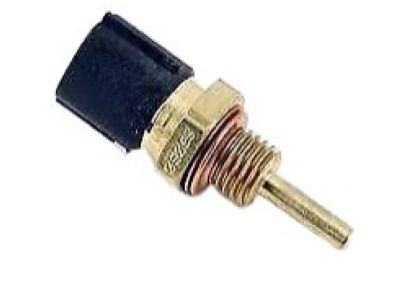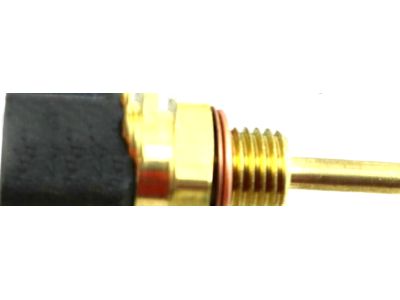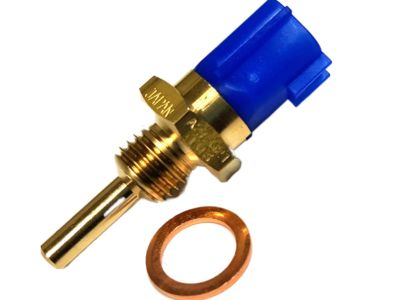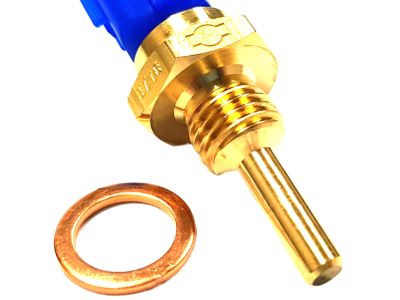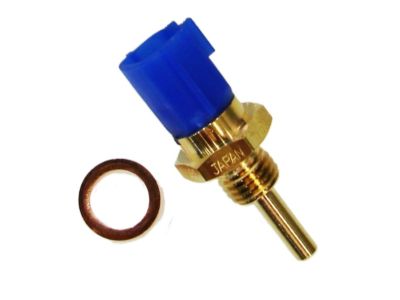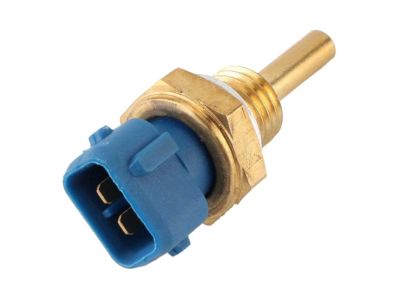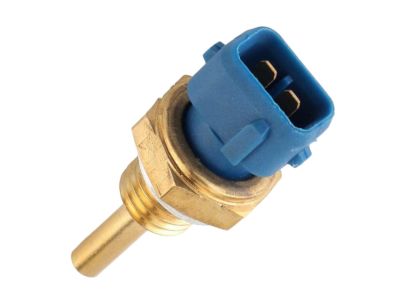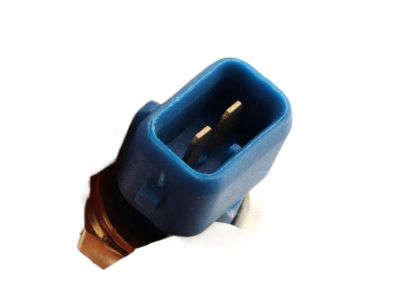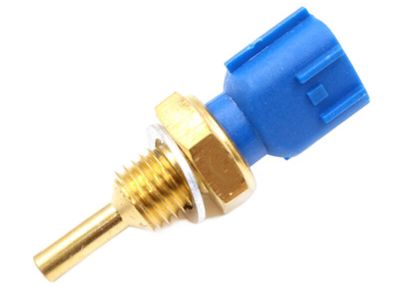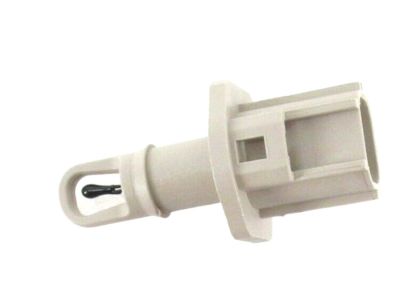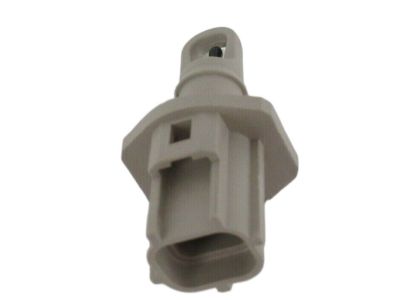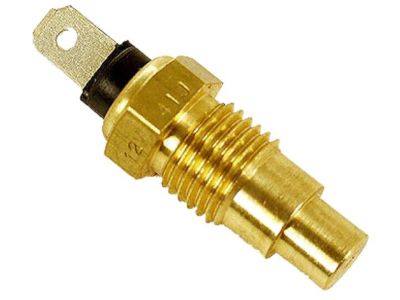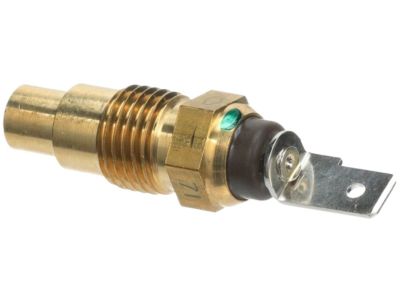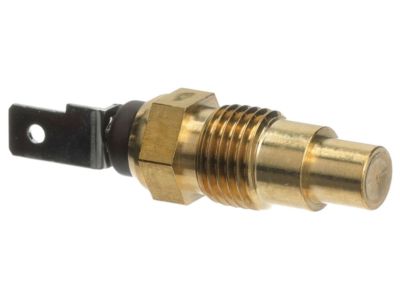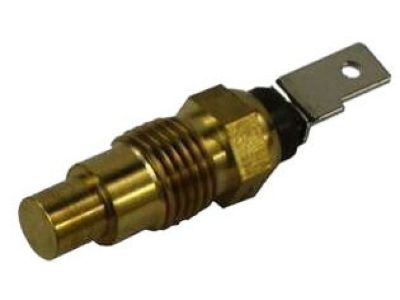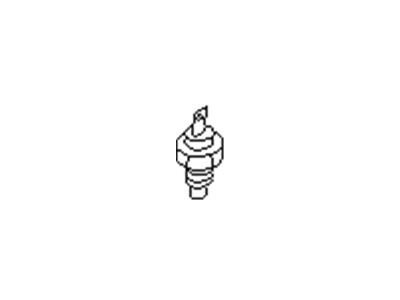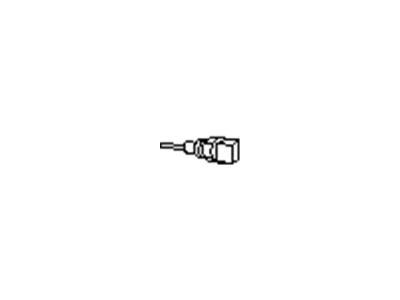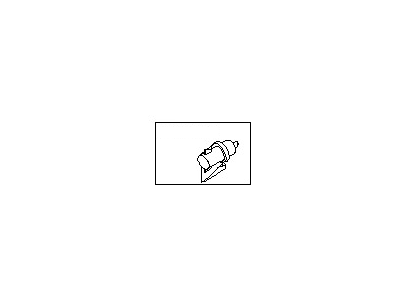×
- Hello
- Login or Register
- Quick Links
- Live Chat
- Track Order
- Parts Availability
- RMA
- Help Center
- Contact Us
- Shop for
- Nissan Parts
- Nissan Accessories

My Garage
My Account
Cart
Genuine Nissan Quest Coolant Temperature Sensor
Coolant Water Temperature Sensor- Select Vehicle by Model
- Select Vehicle by VIN
Select Vehicle by Model
orMake
Model
Year
Select Vehicle by VIN
For the most accurate results, select vehicle by your VIN (Vehicle Identification Number).
8 Coolant Temperature Sensors found

Nissan Quest Engine Coolant Temperature Sensor
Part Number: 22630-7Y000$49.43 MSRP: $71.58You Save: $22.15 (31%)Ships in 1-2 Business Days
Nissan Quest Engine Coolant Temperature Sensor
Part Number: 22630-44B20$32.37 MSRP: $46.87You Save: $14.50 (31%)Ships in 1-3 Business Days
Nissan Quest Engine Coolant Temperature Sensor
Part Number: 22630-51E00$29.85 MSRP: $41.15You Save: $11.30 (28%)Ships in 1-2 Business Days
Nissan Quest Engine Coolant Temperature Sensor
Part Number: 22630-0M200$49.43 MSRP: $71.58You Save: $22.15 (31%)Ships in 1-3 Business Days
Nissan Quest Engine Air Temperature Sensor
Part Number: 22630-1B000$43.95 MSRP: $63.65You Save: $19.70 (31%)Ships in 1-2 Business Days
Nissan Quest Coolant Temperature Sensor
The Coolant Temperature Sensor is a significant part of Nissan Quest automobiles that is responsible for checking the temperature of the coolant to guarantee the functioning of the engine. This sensor is useful since it is able to identify the temperature of the coolant in order to provide suitable operating condition for the engine. Depending on the period when the Coolant Temperature Sensors of the particular car model of Quest was installed there may be different kinds produced with various functions and construction. It is especially important to get to know the duty of the Coolant Temperature Sensor as it can affect the general condition and good working capacity of your Nissan Quest.
If you need any OEM Nissan Quest Coolant Temperature Sensor, feel free to choose them out of our huge selection of genuine Nissan Quest Coolant Temperature Sensor. All our parts are offered at unbeatable prices and are supported by the manufacturer's warranty. In addition, we offer quick shipping to have your parts delivered to your door step in a matter of days.
Nissan Quest Coolant Temperature Sensor Parts Questions & Experts Answers
- Q: How to check and replace the Coolant Temperature Sensor on Nissan Quest?A:The coolant temperature indicator system consists of a temperature gauge mounted in the instrument panel and a coolant temperature sending unit mounted in the water passage on the timing belt end of the lower intake manifold. There is more than one temperature sensor, but only one is used for the indicator system. If an overheating indication occurs even when the engine is cold, check the wiring between the dash and the sending unit for a short circuit to ground. If the gauge is inoperative, test the circuit by briefly grounding the wire to the sending unit while the ignition is On (engine not running for safety). If the gauge deflects full scale, replace the sending unit. If the gauge doesn't respond, check for an open circuit in the gauge wiring. To test the sending unit, disconnect the electrical connector and attach an ohmmeter from the pin on top of the sender to an engine ground. With the engine warm (167 degreesresistance should be 179 to 219 ohms. When the engine is hot (212 degrees F), the resistance should drop to 60 to 72 ohms. If the sender fails the test, replace it. If the sending unit must be replaced, unscrew it from the engine and quickly install the replacement. Use a conductive sealant on the threads (not Teflon tape). Make sure the engine is cool before removing the defective sending unit. There will be some coolant loss as the unit is removed, so be prepared to catch it. Check the coolant level after the replacement part has been installed.
Related Nissan Quest Parts
Browse by Year
2017 Coolant Temperature Sensor 2016 Coolant Temperature Sensor 2015 Coolant Temperature Sensor 2014 Coolant Temperature Sensor 2013 Coolant Temperature Sensor 2012 Coolant Temperature Sensor 2011 Coolant Temperature Sensor 2010 Coolant Temperature Sensor 2009 Coolant Temperature Sensor 2008 Coolant Temperature Sensor 2007 Coolant Temperature Sensor 2006 Coolant Temperature Sensor 2005 Coolant Temperature Sensor 2004 Coolant Temperature Sensor 2003 Coolant Temperature Sensor 2002 Coolant Temperature Sensor 2001 Coolant Temperature Sensor 2000 Coolant Temperature Sensor 1999 Coolant Temperature Sensor 1998 Coolant Temperature Sensor 1997 Coolant Temperature Sensor 1996 Coolant Temperature Sensor 1995 Coolant Temperature Sensor 1994 Coolant Temperature Sensor 1993 Coolant Temperature Sensor
